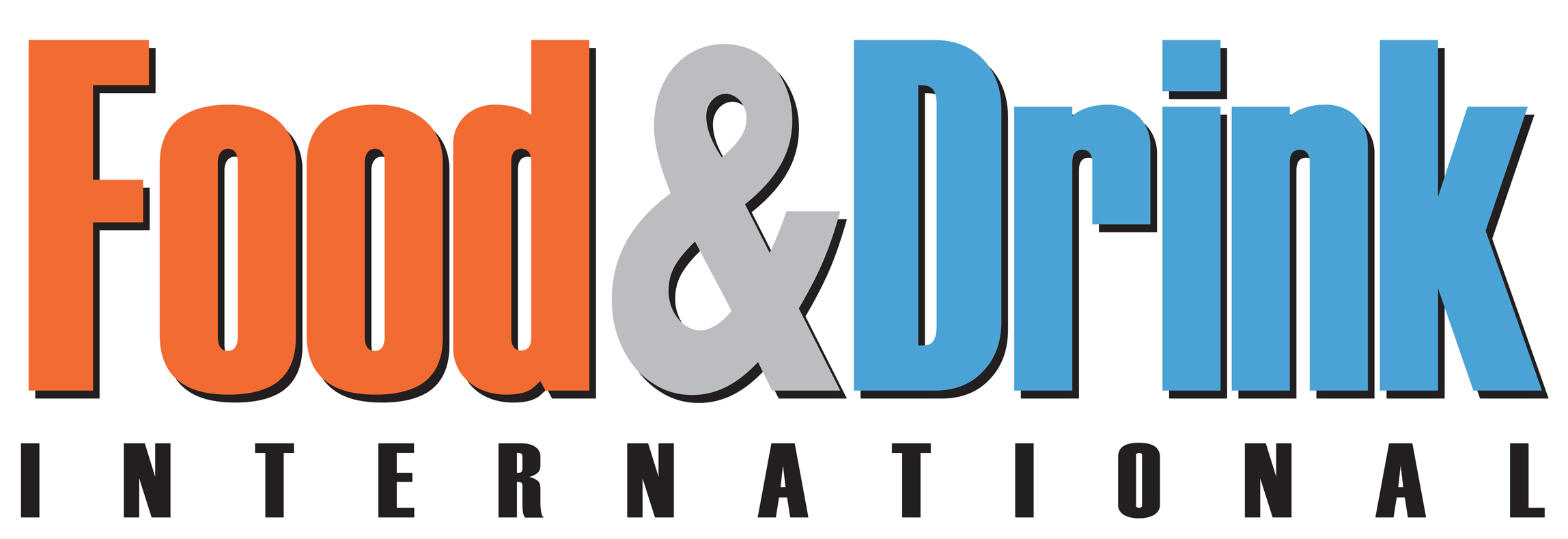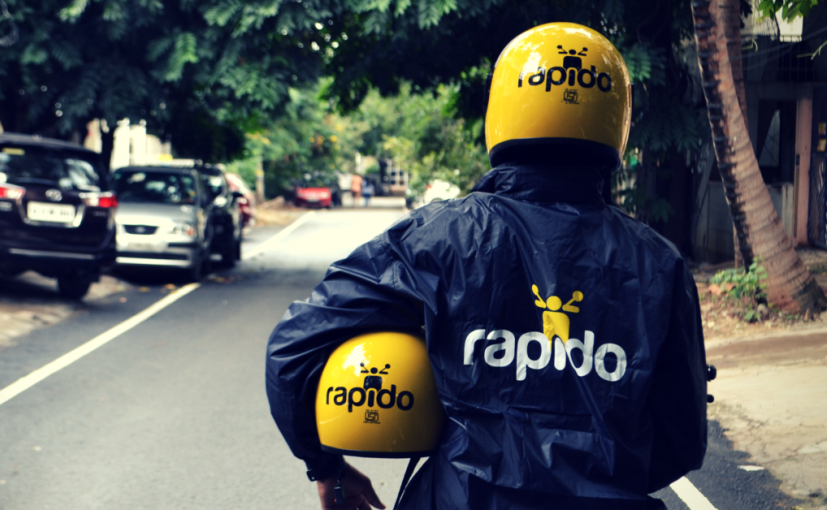Rapido, known for its two-wheeler ride-hailing service, has formally entered the Indian food delivery sector, aiming to challenge incumbents Zomato and Swiggy. The company’s model promises restaurants lower commissions and customers price parity between online and offline menus. However, industry analysts remain cautious about the viability of this strategy in an already saturated and margin-tight market.
Rapido plans to leverage its fleet of three million riders and previous partnerships, including with ONDC and Swiggy, to build its standalone food delivery network. But questions persist around execution, unit economics, and the scalability of its operations. Currently, Zomato and Swiggy collectively dominate the market, having invested an estimated $2–3 billion in infrastructure and restaurant partnerships. Rapido, by contrast, remains unprofitable and reportedly incurs approximately $5 million in losses per month.
Analysts warn that Rapido’s proposed Rs 50 delivery cap may be unsustainable, given that incumbents currently incur about Rs 60 per order. The business model also depends heavily on two-wheeler delivery economics, effective for ride-hailing but difficult to optimise for time-sensitive food logistics. Additionally, Rapido’s pitch to restaurants hinges on low take rates, but experts anticipate eventual upward pressure on commission rates to achieve long-term viability.
Structural challenges further complicate the outlook. The majority of food delivery volume in India comes from smaller, unorganised eateries that are harder to onboard and standardise. In contrast, organised QSRs account for just 10% of gross order value. Even with support from the National Restaurants Association of India, Rapido faces complex onboarding requirements and varied order sizes, especially in tier-2 cities, where customer acquisition may be cheaper but average order values are lower.
Financial analysts estimate that Rapido would require an investment of $35–40 million to capture just 5% of Zomato’s gross merchandise value in FY25. While its entry introduces new pricing pressure into the ecosystem, analysts agree that meaningful disruption will require far more than a reallocated rider fleet and aggressive pricing tactics.


